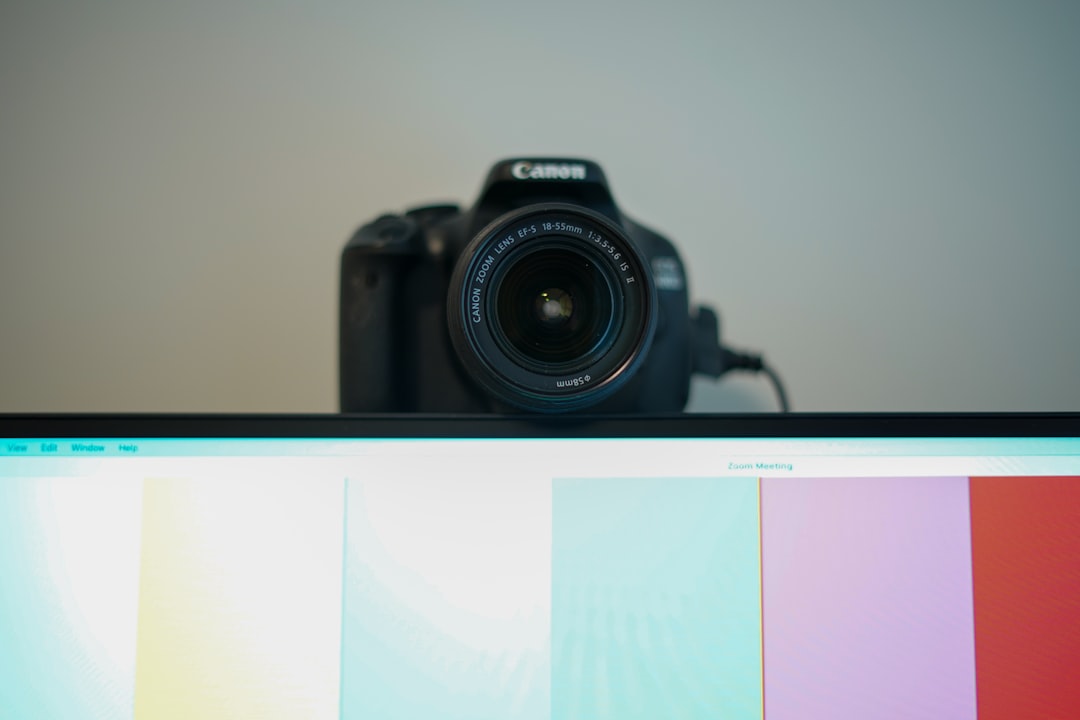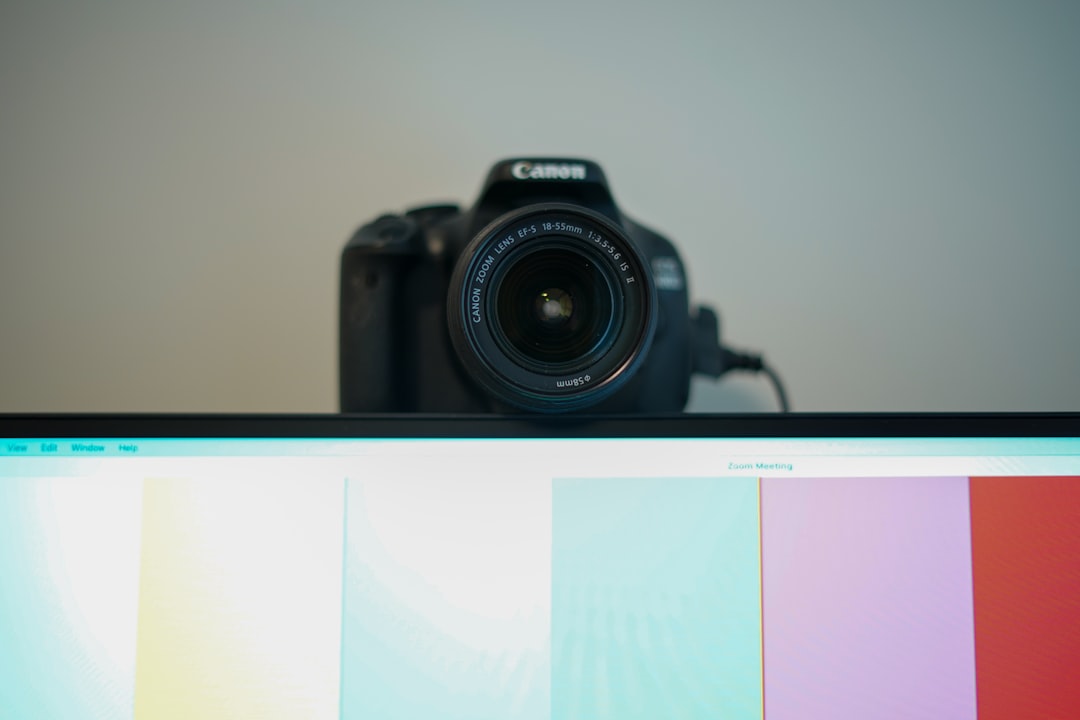Whether you’re uploading images to a website, attaching them to an email, or submitting them as part of a form, you may frequently encounter a file size restriction—often 1 MB or less. While compressing images to fit these size limits is necessary, doing so without sacrificing quality can be tricky. For individuals and professionals in the U.S. who need to convert image files to a 1 MB JPG format effectively and efficiently, this guide walks through the process step by step.
Table of Contents
Why Keep Image Sizes Under 1 MB?
The 1 MB limit is a common standard set by many online platforms, government websites, and email clients. For example, when submitting documents to the IRS, DMV, or a U.S. college admissions portal, you’re often restricted to 1 MB per image file. This ensures faster uploads and reduces the burden on the server but requires careful attention to image quality.
Reducing image size without losing noticeable quality is as much an art as it is a technical exercise. Below, we provide a trustworthy, tested method anyone can follow, even with little prior experience in image editing tools.
Step 1: Understand the Image Parameters That Affect File Size
Before we begin compressing, understand what contributes to a file’s size:
- Resolution – Higher resolution (pixels) increases size.
- Compression level – JPGs use lossy compression. More compression reduces size but can lower quality.
- Color depth – More color information means a larger file.
- Metadata – Embedded data like EXIF tags can add kilobytes of unnecessary weight.
Knowing these elements will allow you to make informed decisions when editing and saving an image file.
Step 2: Choose a Reliable Image Editing Tool
There are many tools available to help you resize and compress images. Some are desktop applications, while others are online platforms. Below are good options for U.S. users:
- Adobe Photoshop – Best quality control. Paid software but offers a 7-day trial.
- GIMP – Free and open-source, great for advanced editing.
- Paint.NET – Lightweight Windows app with basic controls and plugins.
- Online Tools – Websites like TinyJPG, CompressJPEG, or ILoveIMG offer fast solutions directly in your browser.
Choose the right tool based on your needs and operating system. For professional work, desktop applications offer more control. For quick, occasional use, online tools work well.
Step 3: Resize the Image Appropriately
One of the fastest ways to reduce file size is lowering the resolution if extremely high detail isn’t necessary. For web uploads or document attachments, 1200×800 or 1920×1080 may be more than sufficient.
To resize using Photoshop or GIMP:
- Open the image.
- Go to the Image menu and select Image Size or Scale Image.
- Set the pixel dimensions to something reasonable, like 1920×1080.
- Ensure “Constrain Proportions” is checked to avoid distortion.
- Click OK or Scale.

Preview the result. If the image still retains enough detail at a lower resolution, move on to compression settings.
Step 4: Apply Effective JPG Compression Settings
Now it’s time to save or export the image using smart JPG compression settings. During the export process, you typically have a quality slider (usually between 0 and 100). The optimal range for balancing size and quality is usually:
- Quality: 70 to 85%
- Avoid going below 60% unless absolutely necessary
Be sure to uncheck any options that save extensive metadata or use saving profiles that preserve unnecessary information. Here’s how to save in Photoshop:
- Click File → Export → Save for Web
- Select JPG as the file type
- Choose Quality between 70–85
- Make sure Convert to sRGB is checked
- Leave out any metadata
- Click Save
If you’re using an online tool, you’ll likely see a visual preview and an estimated size after upload. Reduce quality or resolution inside the tool until you hit the target.
Step 5: Check File Size and Visual Quality
Locate the final image file on your system. Right-click and select Properties (Windows) or Get Info (macOS) to verify the size is no more than 1 MB (1,048,576 bytes).
Double-click to open the image and zoom in a few levels. Focus on fine details such as text, facial features, or edge contrast. If the compression is too aggressive, these might appear blurred or contain visible artifacts.
If quality is unsatisfactory, return to your editing tool and repeat the process using slightly higher quality settings or adjust resolution more conservatively.
Step 6: Optional – Automate for Batches
For those handling many images—like real estate agents, photographers, or web developers—repeating this for each file can be time-consuming. Most major tools support batch processing:
- Photoshop: Use the Image Processor under Scripts
- GIMP: Use BIMP plugin
- Online Tools: Choose platforms that accept multiple uploads
Set actions to resize, apply compression and export. Verify a few sample files before processing the entire batch to ensure desired output.
Important Tips for U.S. Users
When submitting files to U.S.-based institutions like immigration services, government portals, or academic platforms, follow these extra guidelines:
- Use standard formats: JPG is universally accepted. Avoid using HEIC, WebP, or others unless specified.
- Confirm limits: 1 MB is a common limit, but some portals may be stricter. Always check the official websites.
- Maintain naming conventions: File names should match format guidelines—avoid special characters or spaces.
Many U.S. document management platforms automatically reject files larger than their stated limit, regardless of quality or intent. Always verify before uploading.
Conclusion
Compressing an image to under 1 MB while maintaining high visual fidelity is achievable with the right approach. The key lies in balancing resolution, compression quality, and removing unnecessary metadata. Tools like Photoshop, GIMP, and reliable online platforms make the process accessible to everyone—from casual users to professionals.
Whether you’re applying for a U.S. visa, emailing a contract, or uploading a photo to your business website, following these steps ensures your images look great and meet file-size requirements. Make sure to test your final output and always back up your original files in case further editing is needed.




